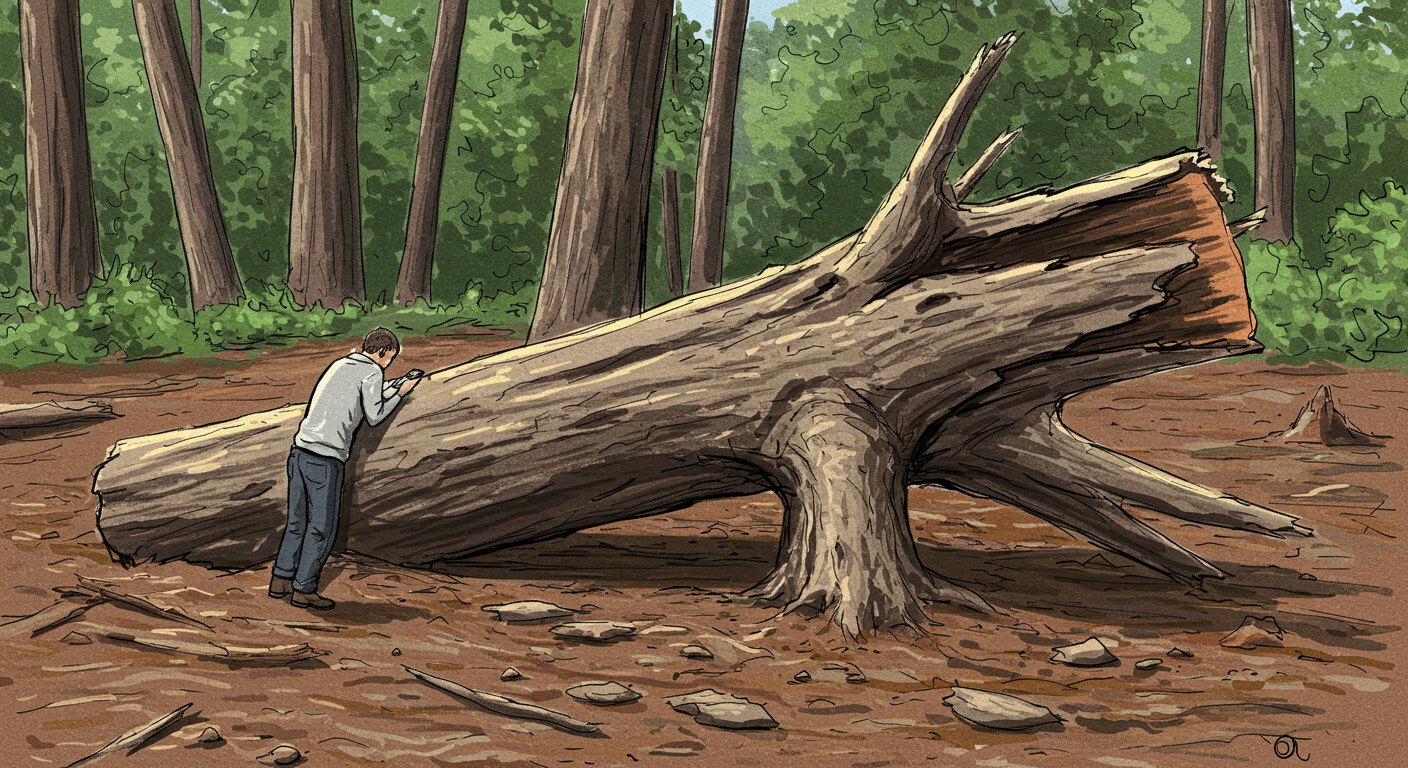Tree stumps left behind after tree removal can be more than just unattractive. They often become tripping hazards, especially in yards where children play or people walk frequently. Over time, they can also attract insects like termites or ants, which may eventually spread to nearby structures. Sometimes, stumps may sprout new growth, leading to unwanted vegetation and maintenance issues.
One practical solution for these lingering stumps is stump grinding, which removes the stump by grinding it below ground level. This method improves the area’s safety and helps restore the landscape’s appearance. By removing the physical obstruction, homeowners and property managers can reduce the risks associated with decay, pests, and regrowth while making outdoor spaces safer and easier to maintain.
Trip and Fall Dangers in Your Yard
Stumps may seem stationary and predictable, but they often blend into the grass or weeds, especially as the years pass. Children running across the lawn can trip instantly, and for older adults or anyone with limited mobility, a concealed stump can pose a real danger even on a stroll. Falls are a top cause of emergency room visits, with the risk multiplied in outdoor spaces full of obstacles like tree stumps. Accident statistics highlight that falls on level ground, often from unseen tripping hazards, are far more common than most people anticipate.
- Children may not notice a stump when playing, leading to painful spills and potential injuries.
- Visitors or delivery drivers unfamiliar with your yard could be caught off guard by these concealed dangers.
- Stumps and accompanying roots can create uneven turf, making other routine tasks like gardening or raking leaves unexpectedly hazardous.
Reducing these dangers is a matter of responsible property management. Proactively addressing stumps can lower the risk of accidents for everyone on your lawn.
How Tree Stumps Attract Unwanted Pests
A decaying stump can attract insects such as termites and carpenter ants, leading to widespread infestations that may take months to resolve and cost thousands of dollars. The decaying wood is a magnet for these pests, which can then migrate to other trees, shrubs, or your house’s structure. Additionally, fungi find stumps ideal for reproduction, potentially weakening the root systems and increasing disease susceptibility. This rotting base can have a detrimental impact on your garden.
Impact on Lawn Maintenance and Home Value
Keeping your yard pristine is challenging due to the presence of stumps, which can damage lawn equipment and cause costly repairs or replacements. These obstacles also slow routine activities like mulching and planting. Real estate experts agree that homebuyers value landscaped, hazard-free yards, and removing stumps can raise potential problems. Home appraisers may lower property value due to safety concerns or removal costs. Proactive removal is crucial to demonstrate homeownership pride and preserve long-term investment.
Disease and Decay Risks
Neglected tree stumps can contribute to the spread of tree diseases. Wood-decaying fungi often inhabit old wood and release spores that can be carried by wind, water, or pests. This can lead to rot, wilting, or sudden death in nearby plants, particularly rare or valuable plants. Removing stumps is a preventive measure, as many plant diseases can hibernate in them during the winter and reemerge in the spring. Keeping your outdoor space free of decaying materials is essential for promoting healthy plant growth and preserving the entire micro-ecosystem.
Environmental Effects of Neglected Stumps
Stuppling can alter soil nutrient distribution, potentially outperforming grass and ornamentals. Poor soil health can lead to patchy grass, weed growth, and decreased fertility. Additionally, the compact mass of a stump can hinder water flow, causing muddy spots or erosion. Staggered water around a stump can also become a breeding ground for mosquitoes and other insects, exacerbated by pest issues in the yard. Therefore, proper management and control of stump decomposition is crucial for maintaining soil health and preventing pests.

